LA LUNE Grand Palais, Paris - 3 April 2019 - 22 July 2019
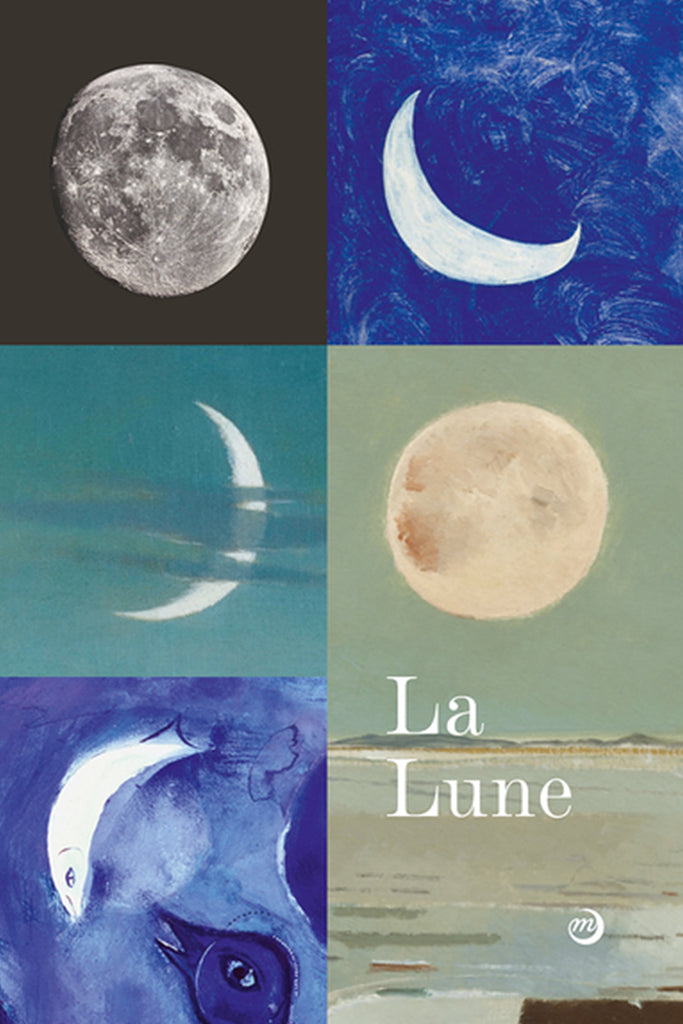
LA LUNE / THE MOON
On a recent trip to my favourite city , Paris I was lucky enough to visit the Grand Palais for the La Lune (The Moon) exhibition. This exhibition celebrates, though art and design the 50 year anniversary of the first human to step on the Moon. I only noticed this exhibition on signs as i walked past. Most of my work is inspired by the galaxy so this exhibition was made just for me. Below are some of my favourite pieces from the show.
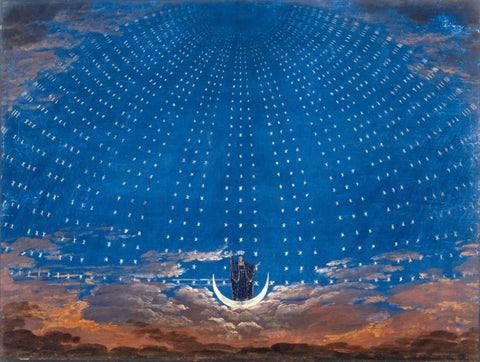
Karl Friedrich Schinkel - The Hall of Stars of the Queen of the Night
The 50-year anniversary of the first human step on the Moon is an opportunity to study and celebrate the long history that links humans with this familiar celestial body, through the artworks and objects that embody the countless visions and emotions it has inspired. This five-part exhibition was a journey to the Moon, through dimensions both real and imaginary. Each stage took visitors on a voyage through time, revealing artistic creations from antiquity to the modern day.
1. Real and Imaginary Journeys

Joan Miro- At The Bottom Of The Shell 1948
This exhibition marks fifty years since the first Moon landing. The magnitude of this event, which saw humanity exceed its natural limitations, is not only a matter of progress, technology or even conquest. It is also powerfully symbolic of the nature of the Moon's relationship with humanity, perhaps more strikingly so today, half a century on. It has been chosen here as the culminating point of our companionship with this satellite, the light in our night sky and measure of time's passing.
As varied as it is paradoxical, this relationship takes many forms: fascination and satire, the attraction and fear generated by its power and its veneration as a divine sign. The Moon is a place of endless possibilities and dreams, a blank page on which Earthlings continuously write their stories.
The resulting kaleidoscopic image is, to us, the most accurate one: the Moon really belongs to everyone and cannot be confined to a single discourse, hence our choice of imagination and poetry as a means to shed light on the lunar world.
2. Apollo XI

Leonid Tishkov -Private Moon
On 21st July 1969, two men stepped on the Moon. This marked the culmination of years of research and a series of missions that had begun in 1958. On the eleventh Apollo mission Neil Armstrong, Buzz Aldrin and Michael Collins were sent to the Moon. NASA's decision to broadcast the lunar landing live to millions of people made it of the first truly global events.
3. Three Faces of the Moon
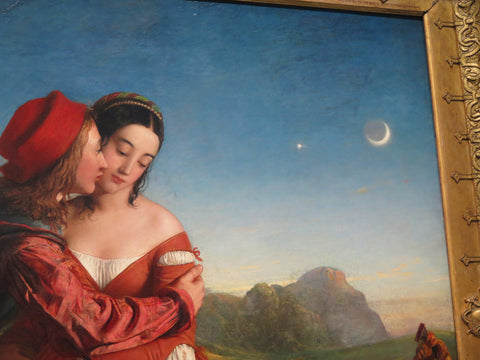
Willian Dyce - Francesca da Rimini
The three faces of the goddess Hecate reveal the many ways in which the moon has influenced humanity. A benevolent satellite lighting the sky, the Moon visited the sleep of mortals and watched over lovers. Constantly changing, it gave rhythm to the passing time and the lunar cycle became the basis for many ritual and religious calendars. As it varies in appearance, it also became a symbol of inconsistency and moodiness. Goddess of the passage between our world and the other, Hecate also presided over the afterlife, spells and torments.
4. The Moon as a Person
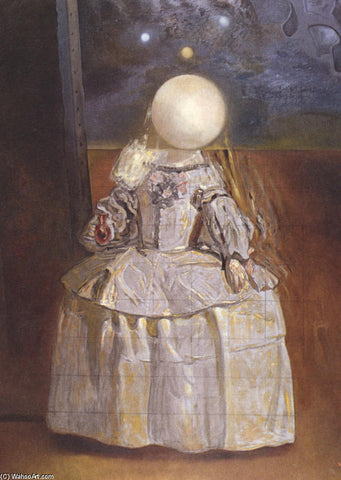
Salvadore Dali - La Perle
Although everyone can see the Moon, humans have always felt the need to give substance to it by establishing a dialogue with this entity that is both near and far. Mostly female, the Moon is sometimes embodied by men. When deified, it holds a place in a cosmogony but is rarely the object of a cult. People have long observed that it reflects the sun's light rather than produces it own.
Selene, Luna, Diana, Chandra, Soma, Khonsu, Thoth and Tanit are some of its many names. The Immaculate Conception and the Queen of the Night also borrow from its crescent symbol.
5. An Invitation to Beauty
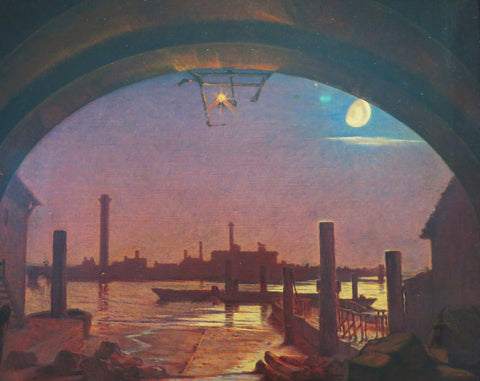
Augustus Leopold Egg- Past and Present
Although now known to be barren and bare, the Moon still has the power to amaze. In silent contemplation, beyond knowledge, it offers in a moment out of time, a more personal experience in which discourse gives way to poetry.
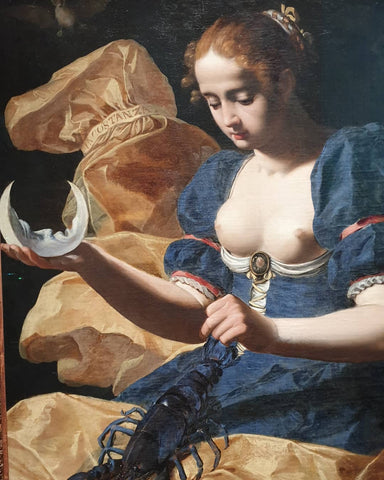
Abraham Janssens - l'inconstance

KHONSOU à tête de faucon

Leave a comment